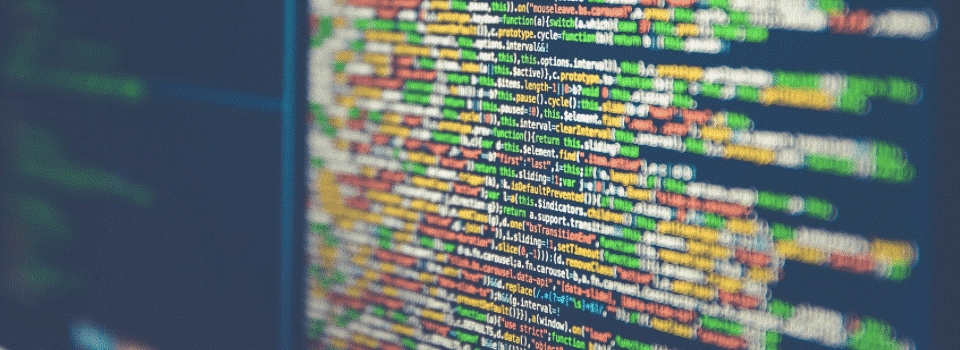

Make sure you use the RDP Client to remote into the Windows Machine in order for the following keyboard shortcuts to work. This is different from the MacBook’s “Delete” key (which is equivalent to the “Backspace” key). What is important to know is that when using a MacBook’s keyboard, you don’t have all the keys that you usually have on a PC keyboard.Įssentially, you are missing the following keys: Enter the command /sbin/mount.vmhgfs -h to list the options.įor Linux kernel version 4.0 or later, enter the command /usr/bin/vmhgfs-fuse -h to list the available options.In this blog post, I am going to share with you how to get the missing keyboard keys that let you work in MS Windows via the remote desktop client under Mac OS X with the MacBook’s keyboard. Mounts the subdirectory bar within the share foo to /var/lib/barįor Linux kernel prior to version 4.0, you can use VMware-specific options in addition to the standard mount syntax. host:/foo/bar /var/lib/bar -o subtype=vmhgfs-fuse,allow_other host:/foo /tmp/foo -o subtype=vmhgfs-fuse,allow_other host:/ /home/user1/shares -o subtype=vmhgfs-fuse,allow_other Mount Command Syntax Linux Kernel Prior to 4.0

The commands also vary depending on the Linux-kernel version of the guest. You can use different mount commands to mount all shares, one share, or a subdirectory within a share to any location in the file system. Linux kernels 4.0 and later use a FUSE file system component. In Linux kernels prior to version 4.0, the VMware Tools services script loads a driver that performs the mount. After you enable a shared folder, you can mount one or more directories or subdirectories in the shared folder to any location in the file system in addition to the default location of /mnt/hgfs.ĭepending on the kernel version of the Linux guest operating system, VMware Tools uses different components to provide shared-folder functionality.


 0 kommentar(er)
0 kommentar(er)
